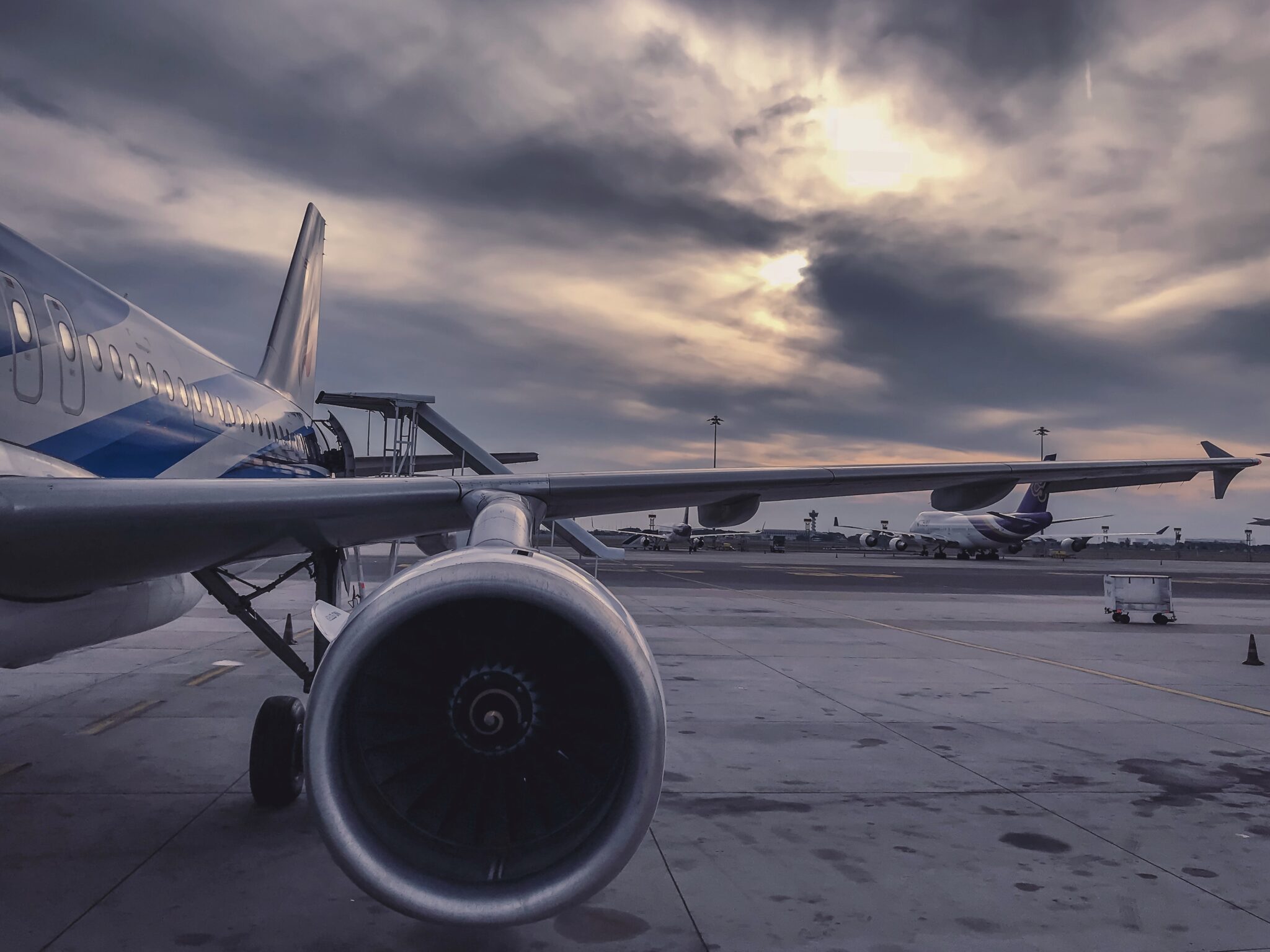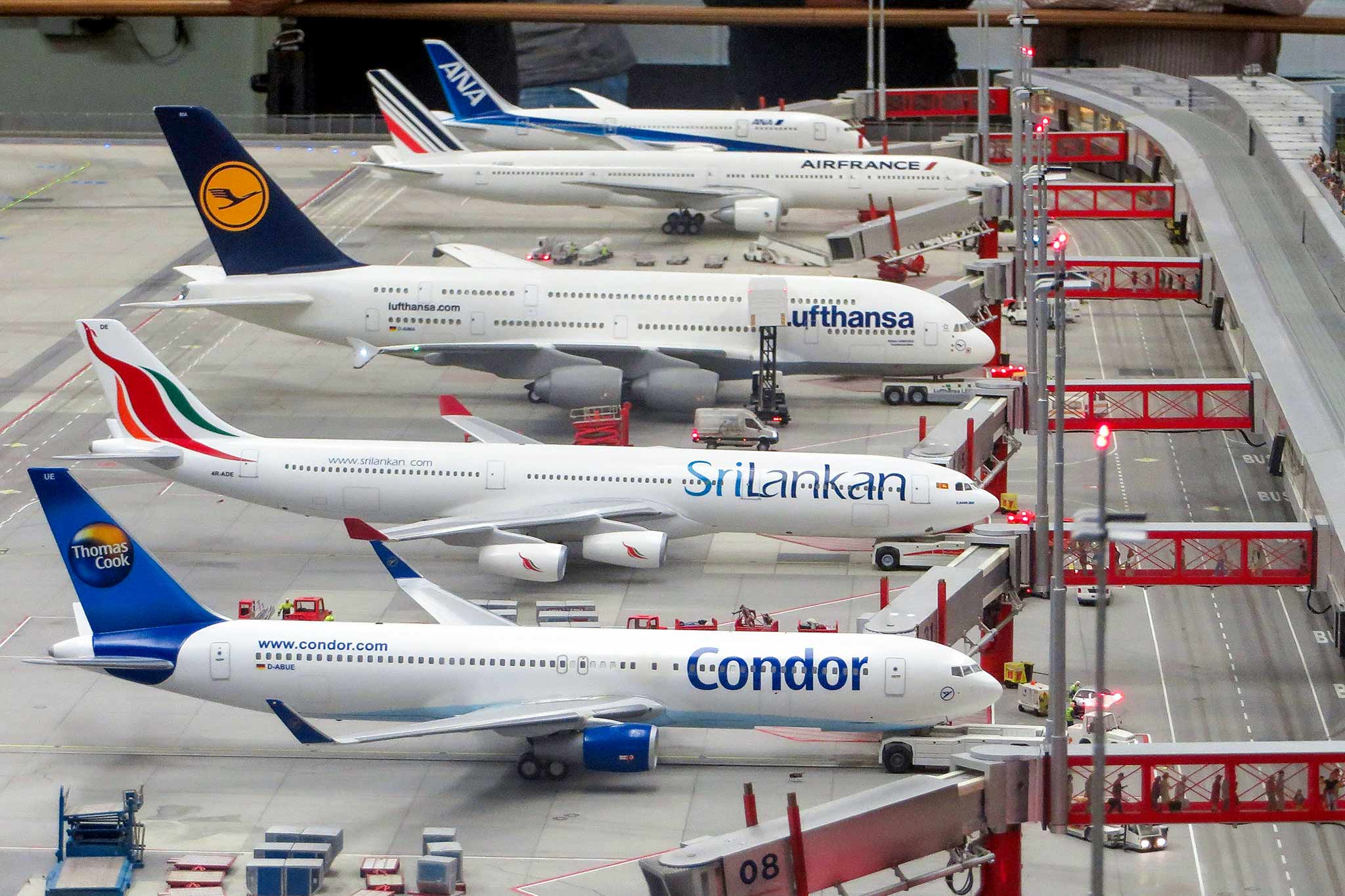

Saving as much fuel on the ground as possible is a critical part of many sustainable airlines’ commitments to reduce carbon emissions over the next few decades. So, how do sustainable airlines save fuel on the ground? Let’s take a look at a few of the strategies airlines are using today.
The aviation industry has come a long way to reduce emissions and increase fuel efficiency. For example, did you know each new generation of aircraft has had a double-digit improvement in fuel efficiency, an increase of up to 20% more than the previous generation? As a result, modern aircraft emit 80% less CO2 per seat than the jets that were flying during the 1950s. But there is still work to be done.
New technologies have the potential to significantly reduce greenhouse gas emissions from aviation, and solutions being implemented today promise far more benefits. Even small savings today add up to big savings in the long run.
Fuel efficiency is critical to the aviation industry’s future, not only for environmental reasons but also for financial ones. Fuel accounts for more than 30% of airline operating costs. For stakeholders who want to not only contribute to efforts to help the planet but also save money in the process, the following strategies are a great place to start.
Sustainable Airlines: Current Methods to Cut Fuel Consumption and CO2
The aviation industry is constantly looking for ways to reduce its carbon footprint. The International Civil Aviation Organization (ICAO) proposed various CO2 reduction measures, including aircraft-related advancements, alternative fuels, and others.
Some solutions are:
Using Biodegradable Materials
New materials may help airlines become more environmentally friendly. Companies and researchers are investigating lighter, thinner, and greener composites and coatings.
Many sustainable airlines also use biodegradable plastics instead of non-biodegradable plastics. This reduces waste and helps conserve resources.
Using SAF
According to the ICAO, Sustainable Aviation Fuel (SAF) does not necessarily require any changes to aircraft or airport infrastructure because it functions similarly to traditional jet fuel.
SAF has numerous advantages, including lower fuel consumption and CO2 emissions. It also makes taxiing, idling, takeoff, and flying more environmentally friendly.
Using Electric Taxiing System
Modern jet engines are highly efficient in the air but are not designed for use on the ground. The Electric Green Taxiing System (EGTS) system is powered by electric motors installed in the main landing gears.
The system enables fully autonomous aircraft movement on the ground, notably eliminating the need for tug tractors for pushback and requiring only a few minutes of use of the main engines before takeoff and after landing (necessary for the main engine warm up and cool down). EGTS is specifically designed for short- and medium-haul aircraft, which spend a disproportionate amount of time taxiing in comparison to time in the air.
One Affordable Strategy Many Sustainable Airlines Overlook to Reduce Emissions on the Ground
All of the strategies above are excellent options for sustainable airlines looking to reduce their carbon footprint and increase fuel efficiency. However, many airlines may not be able to employ them today because of the massive investment required.
Think of it this way. Electric car companies, such as Tesla, are environmentally a step in the right direction compared to cars with combustion engines, but their cost is prohibitive for many consumers. In addition, the charging infrastructure across the world is still not where it needs to be if we want more people driving electric vehicles. It’s simply not convenient enough to drive demand. To make it more convenient, we need to see massive investments in infrastructure.
Now apply that logic to the aviation industry. Sustainable airlines have plans to invest in the technologies above, but the cost-savings and environmental benefits are still a long way off. Airlines need to think about actions they can take now to meet their commitments to sustainability.
United Airlines has set a goal to reduce greenhouse gas emissions by 100% by 2050. There’s a reason United has set 2050 as the timeline to meet this goal—it’s going to take a lot of time and a lot of money to implement. To quote Scott Kirby, CEO of United Airlines, the company plans to meet this goal “not with flashy, empty gestures, but by taking the harder, better path of actually reducing the emissions from flying.”
And it will be a hard path for many airlines.
Sustainable Airlines Use Artificial Intelligence
On the other hand, sustainable airlines can take advantage of technology that will start producing results almost immediately to help them meet their commitments. Artificial intelligence presents key data to all stakeholders involved to improve efficiency on the ground and in the air by suggesting actionable adjustments.
Through data analysis, AI can help cut fuel consumption on the ground, thus reducing a massive source of CO2 emissions. By spotting potential issues early, airlines can get their planes back in service faster and conserve resources overall.
How much can airlines save?
With the technology currently available from Synaptic Aviation, airlines can save up to $79K in fuel per gate per year. Our system has proven to eliminate 5,500 minutes of idle taxi-in time per year at each gate where it is implemented.
When we consider that every minute of idle time produces about 50Kgs of CO2*, it’s easy to see that this is much more than a cost-saving strategy—it actually has the potential to keep 275 tons of CO2 out of the atmosphere every year, for every gate! For comparison, a typical passenger vehicle produces about 4.6 tons of CO2 per year.
On top of all that, AI technology from Synaptic Aviation automatically tracks C02 savings to help you stay on top of your commitments year after year.
Sustainable Airlines Use Artificial Intelligence
How do sustainable airlines save fuel on the ground? Artificial Intelligence isn’t a magic bullet that will solve climate change, but we believe it is an important tool that sustainable airlines can use in conjunction with other strategies available today.
Interested in learning more about how your airline can reduce carbon emissions, save money on fuel, and provide a better, more streamlined experience for customers? Contact us today to schedule a demonstration of our AI technology to learn how you could start saving today for a more sustainable tomorrow.
*50Kgs of CO2 per minute for an Airbus A320 with 2 CFM engines running and the APU on.

Learn more, request a demo
Get Demo
 Recent Posts
Recent Posts 

Synaptic Aviation Selected to Showcase Pioneering AI Technologies at Central Florida Tech Grove
Synaptic Aviation, a U.S.-based technology company specializing in artificial intelligence (AI) solutions for the aviation industry, is honored to announce its selection to participate in the prestigious SBIR Partnership Day at Central Florida Tech Grove.
By Synaptic Aviation June 10, 2024
Commercial Aviation Accidents Are at an All-Time Low, So Why are Airport Ramp Accidents Not Improving?
It is extremely rare these days to hear news about fatal commercial aviation accidents. Despite zero fatal accidents in 2023 compared to twelve in 1980, the yearly number of flights has more than quadrupled.
By Synaptic Aviation April 13, 2024